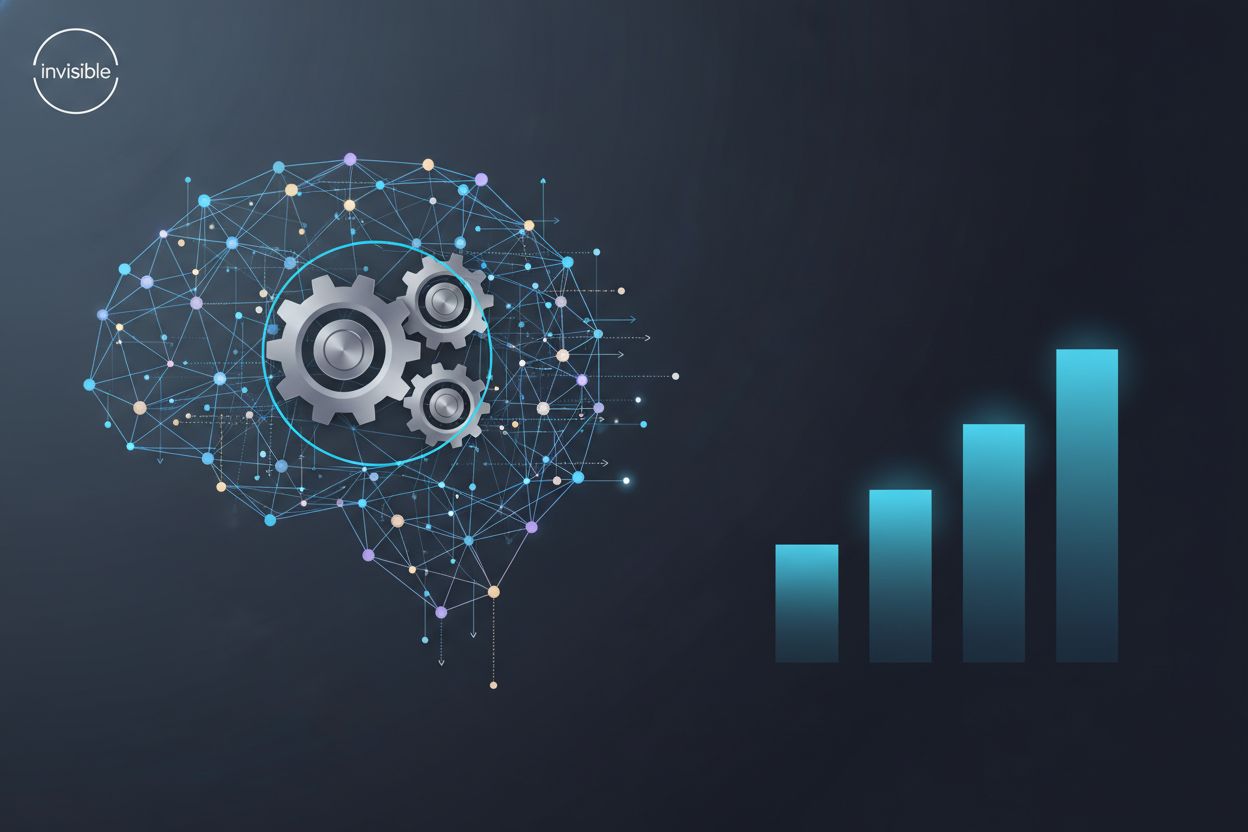A Comprehensive Look at Automated Machine Learning

TL;DR
What is Automated Machine Learning (AutoML)?
Okay, let's dive into what Automated Machine Learning—or AutoML—actually is. I mean, you've probably heard the buzz, but what's the deal? Is it just another tech trend?
AutoML is basically about making machine learning easier to use. It's like, instead of needing a data scientist to manually tweak everything, the process is more automated.
Think of it this way:
- It automates tasks, so you don't have to be a ML expert to use it.
- Focuses on reducing human intervention. The goal is to let computers handle the nitty-gritty stuff.
- Aims to make ML more accessible. This is a big one—democratizing ai, if you will.
A concise definition: AutoML is a process that automates the end-to-end process of applying machine learning to real-world problems.
Imagine a small business owner who wants to predict customer churn. With AutoML, they could upload their data and get a model up and running without hiring a team of data scientists. Automated Machine Learning can help those with limited expertise.
So, what's next? We'll look at why this matters, especially if you're in marketing or content creation.
Key Components of an AutoML System
Feature selection and engineering—it's like finding the gold nuggets in a mountain of dirt. Tedious, but totally worth it.
AutoML really shines here. It automates the tedious parts of figuring out which features in your data actually matter.
- Automatic identification is the first step. AutoML sifts through all your data points and figures out which ones are actually useful for predicting outcomes. Like, if you're trying to predict customer churn, it might figure out that things like "last purchase date" and "number of support tickets" are way more important than, say, "customer's favorite color."
- Then, there's the creation of new features. This is where it gets interesting. AutoML can combine existing features to create entirely new ones that are even more predictive. In finance, it could take "number of transactions" and "average transaction value" to create a new feature called "total transaction volume," which might be a better indicator of potential fraud than either of those features alone.
- Finally, dimensionality reduction techniques come into play. Basically, AutoML tries to simplify your dataset by reducing the number of variables without losing important information. This is super helpful because it can speed up training times and sometimes even prevent your model from getting too focused on noise in the data (overfitting). Common techniques include Principal Component Analysis (PCA) and t-Distributed Stochastic Neighbor Embedding (t-SNE).
Basically, it's like giving your data a makeover to make it as effective as possible.
Model Selection and Hyperparameter Tuning
After your data's all cleaned up and ready to go, AutoML doesn't just stop there. It's got to pick the right tool for the job, and then fine-tune it.
- Model Selection: This is where AutoML tries out different types of machine learning algorithms—like decision trees, support vector machines, or neural networks—to see which one performs best on your specific problem. It's like a chef trying out different recipes to see which one tastes best.
- Hyperparameter Tuning: Once a promising model type is found, AutoML then works on optimizing its settings, called hyperparameters. These are like the knobs and dials on a machine that control how it learns. AutoML will systematically adjust these settings to get the best possible performance out of the chosen model.
This whole process ensures that you're not just getting a model, but the best possible model for your data and task.
AutoML Tools and Platforms: A Comparison
Okay, so you're probably wondering: with so many AutoML tools popping up, how do you even begin to choose one? It's a bit like picking a specialized tool for a job—you wouldn't use a hammer to screw in a bolt, right?
Here's a few key things to keep in mind when comparing these platforms:
- Ease of use? A big deal. Some tools are super user-friendly with drag-and-drop interfaces, great for those who aren't coding wizards. Others are more code-heavy, giving you more control but needing more technical know-how. Think about your team's skill level.
- Features, features, features. What kinda of tasks do you need it to do? Feature selections? Hyperparameter optimization? Does it handle time-series data well, or image recognition? Make sure the tool actually, like, does what you need it to.
- Pricing, naturally. Some platforms are free (or have free tiers), while others can get pretty pricey, especially if you're scaling up. Factor in how much data you're processing and what level of support you expect.
Think of it like this: some are like a comprehensive toolkit with many different wrenches, good for a variety of tasks. Others are highly specialized, like a torque wrench, perfect for one specific, critical job.
Benefits of Using AutoML for AI Writing Tools
AutoML for ai writing? Sounds fancy, right? But can it actually help you write better stuff?
- It boosts content quality. AutoML can analyze vast amounts of text to identify patterns associated with high-quality content, helping to suggest better phrasing, improve grammar, and even reduce factual errors by cross-referencing information. For instance, it can learn what makes a compelling product description or a persuasive marketing email.
- Offers personalized recommendations. By analyzing user behavior and preferences, AutoML can help AI writing tools tailor content suggestions to specific audiences. This means your content can hit the right notes, every time, whether it's adjusting the tone for a younger demographic or providing more technical details for an expert audience.
- Gives you audience insights. AutoML can process feedback and engagement data to understand what your readers are really looking for. This could mean identifying trending topics, understanding which content formats resonate most, or even predicting what questions an audience might have, allowing writers to proactively address them.
So, what's next? Let's talk about how this streamlines content creation, cause time is money!
Challenges and Limitations of AutoML
Alright, so where does AutoML not shine?
- It needs clean data, and lots of it. Think about how many projects are sunk because the data is a mess, or biased. Garbage in, garbage out, as they say.
- Interpretability? Forget about it. Sometimes, it's just a black box, making it tough to really understand what's happening. While research into explainable AI (XAI) is ongoing and aims to shed light on these black boxes, it's still a significant hurdle.
- It is not a data scientist replacement. You still need a human in the loop, specially to check the results and make sure the model makes sense in the real world.



